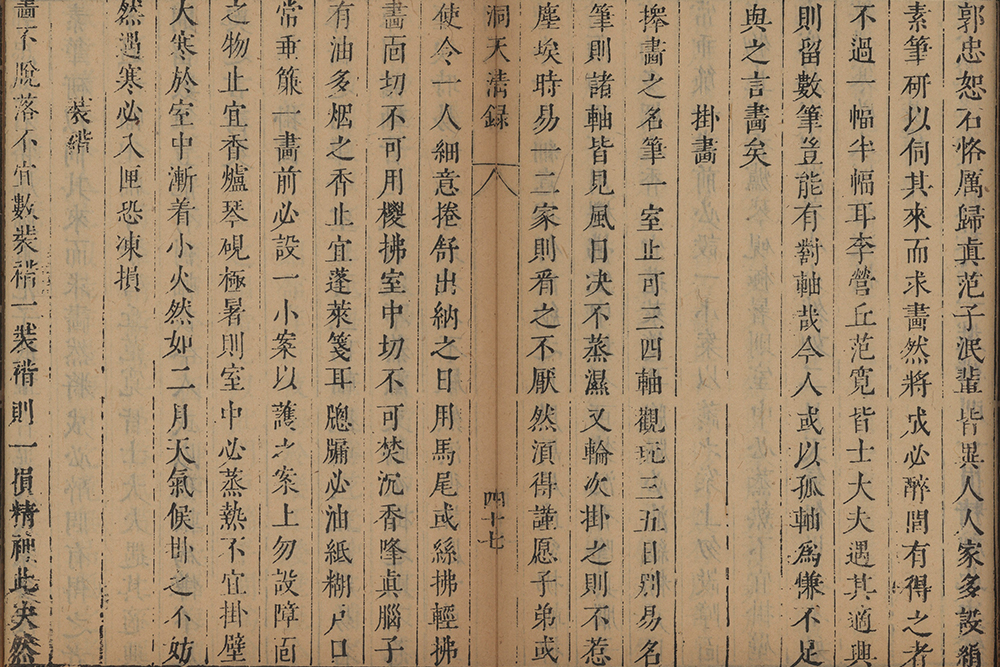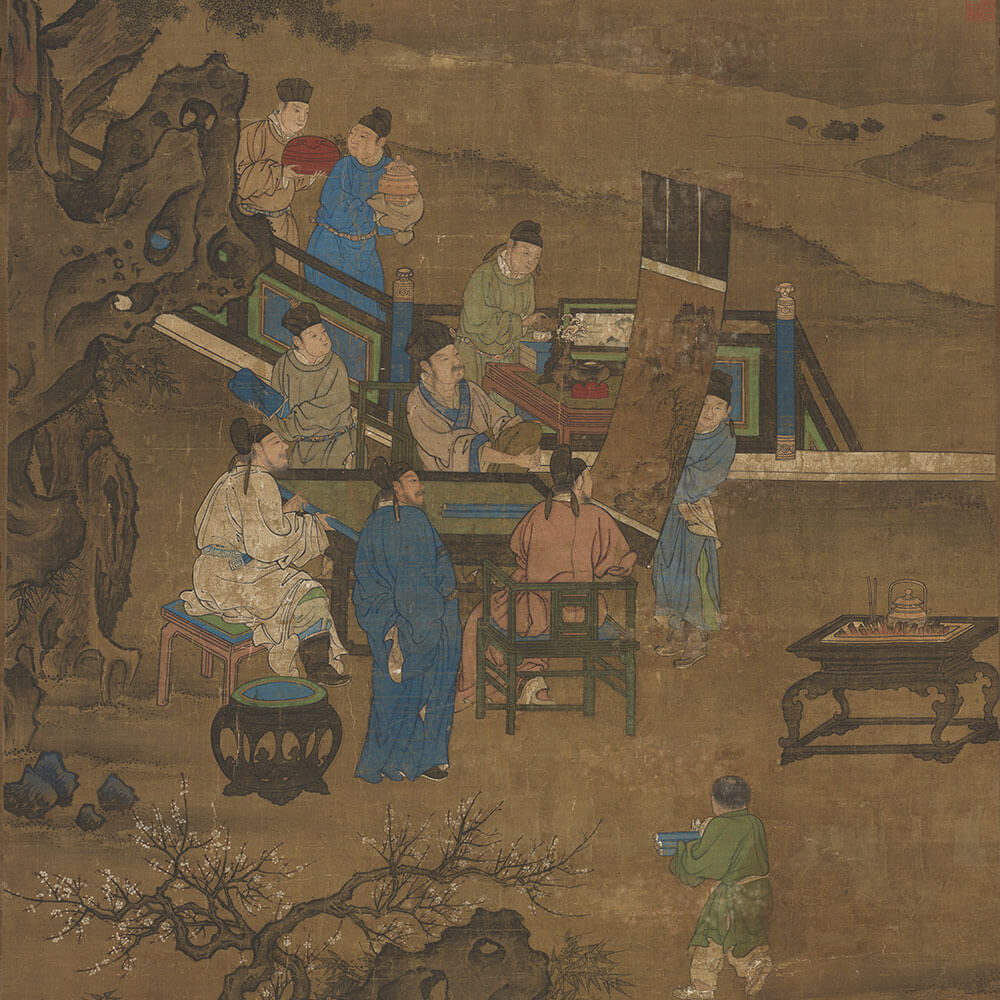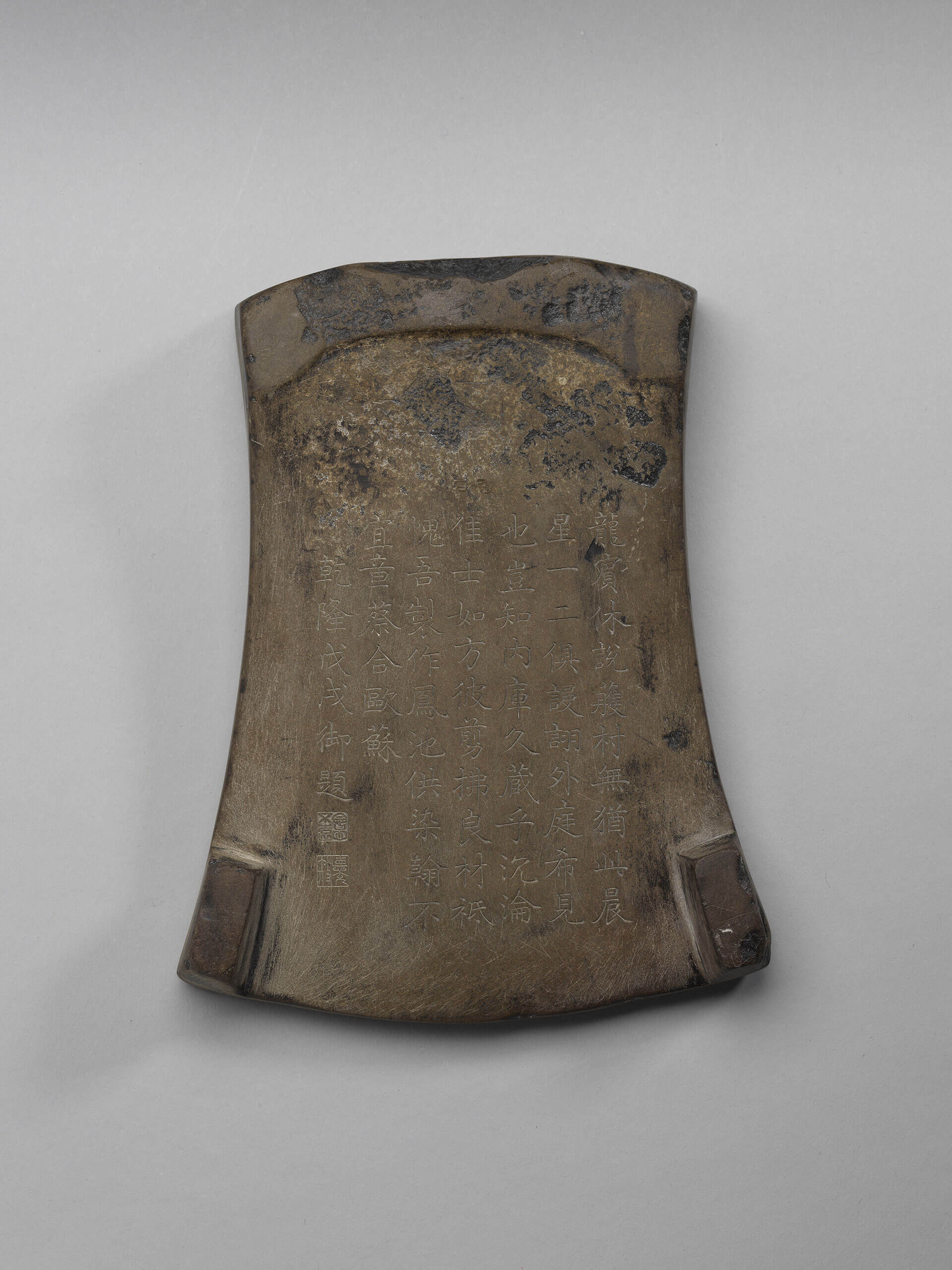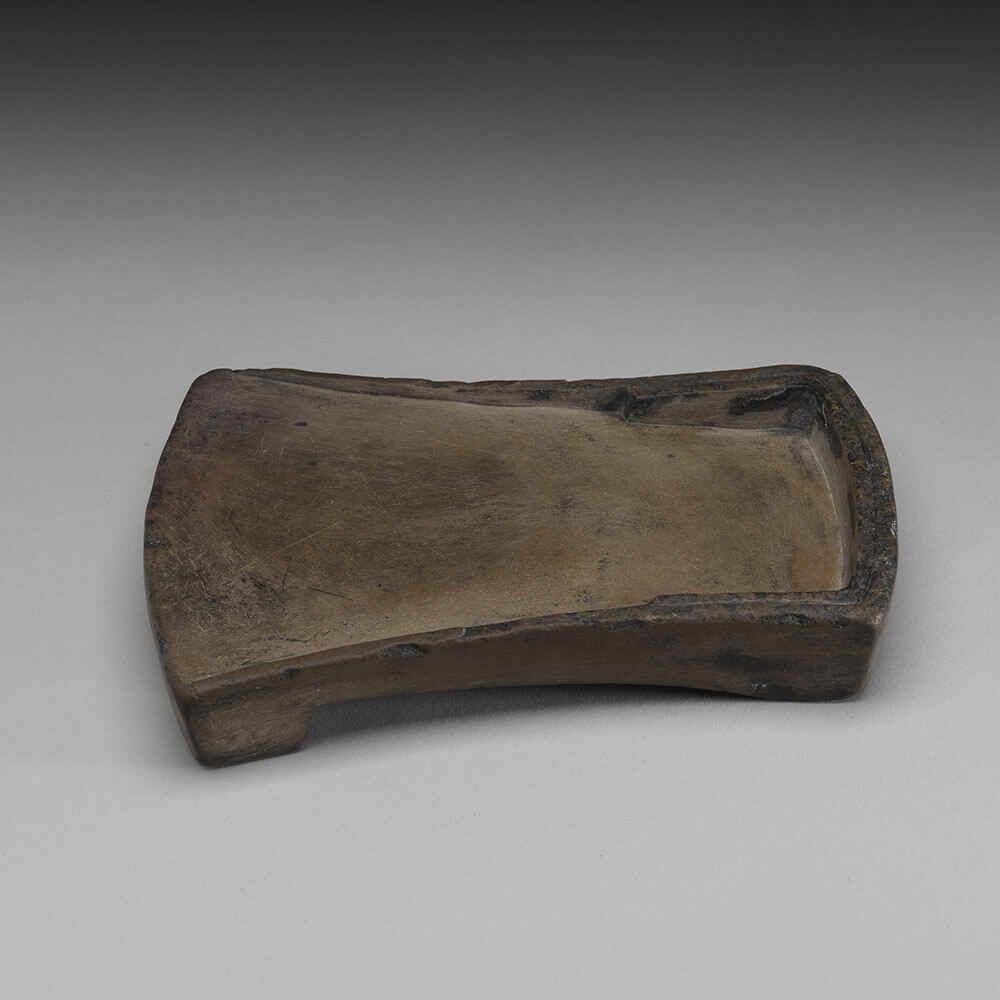Hanging Paintings
For a millennium, the literati have been fond of collecting paintings and calligraphies. They often decorate their residences with their collection of landscape paintings, known as the "hanging scrolls". However, this fashion is not exclusive to the literati. The rich also ask those commercial institutions specializing in holding banquets and hosting guests to offer hanging scrolls so that their residences are immersed in a style of elegant gathering.
Dongtian Qinglu (Pure Records of the Cave Heaven)
- Zhao Xihu, Southern Song dynasty Imprint by the Hus of Qiantang, 31st year of the Wanli reign (1603), Ming dynasty
- Collection of the National Central Library
This book is the culmination of Southern Song scholar Zhao Xihu's study of antiques and paintings. According to Zhao, it is best to hang three or four paintings in a room and then to rotate them every three to five days. A table should be positioned at the front to protect them, with an incense burner, a zither, and an ink stone properly placed on the table. He also advised that paintings not be hung when the weather was too hot or too cold. These records reflect when Song collectors appreciated paintings, they not only endeavored to create a sense of ritual but also paid great attention to temperature and humidity to avoid damaging the paintings.
Depiction of Ancient Artifacts
- Anonymous, Song dynasty
Inkstone shaped as the character feng (wing or wind)
- Song dynasty (960-1279)
The inkstone used for grinding ink, was essential stationery on the table for the educated individuals between the 11th to 13th century; as they regarded the inkstone as a symbol of taste and virtue. This inkstone has a broader front and narrow end, similar to the regular known feng (wing or wind) in stone. Inktones akin to this style were unearthed from the thumb of the Lu family in Lantian county, Shanxi province, and the finding unveiled the favoured type of inkstones by the Song people. However, the Inkstone catalogue of Xiqing, edited in the Quanlong reign, registered the piece as the Song huocun stone fengchi (Phoenix pond) inkstone and further stated that it is made from renowned stone material mined from Suzhou in Jiangsu province.






